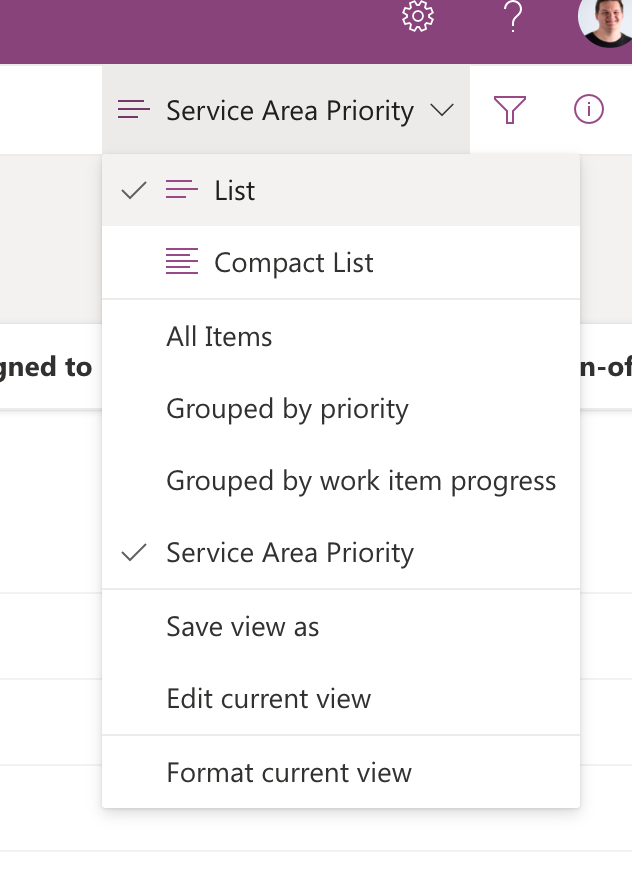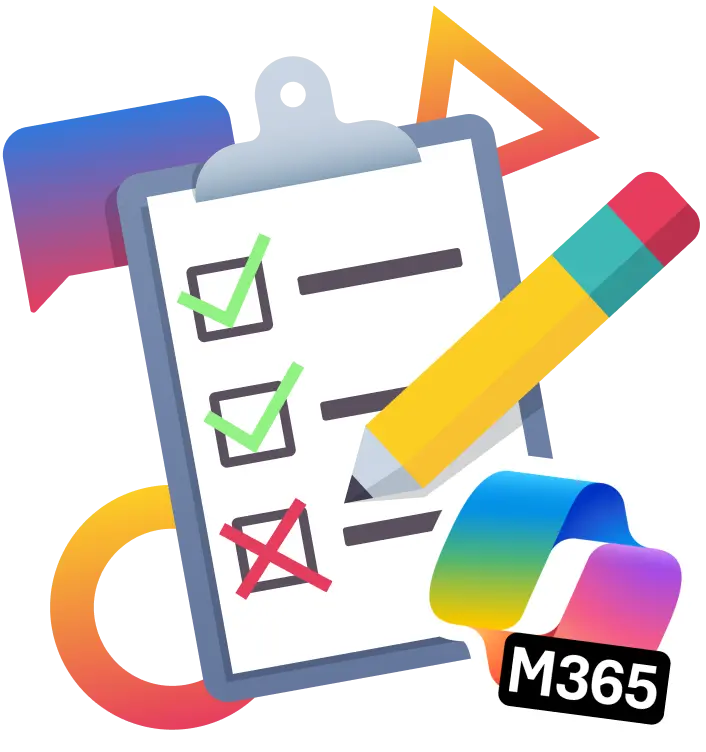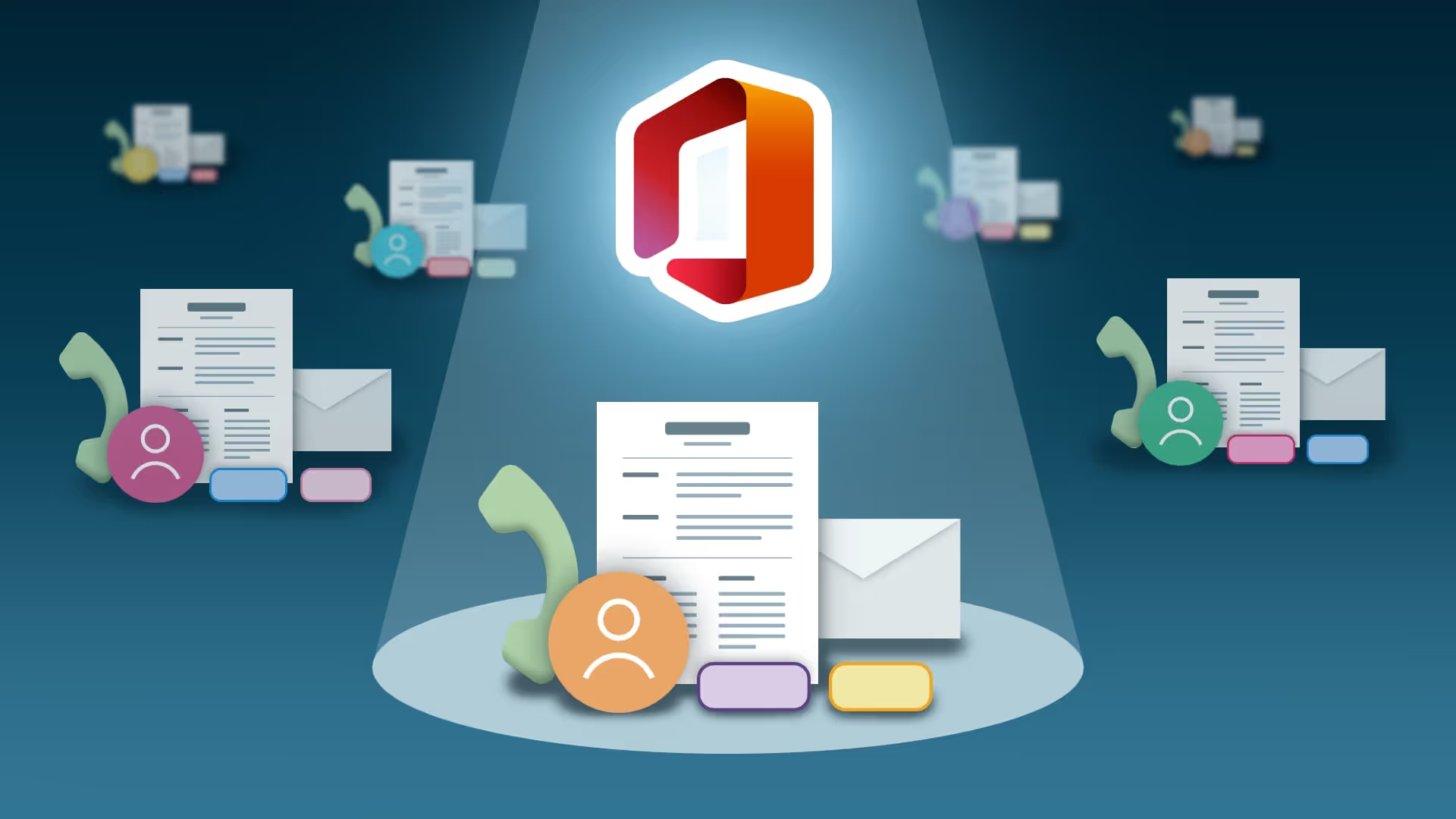Hands-On With Microsoft Lists
Brand-new to the Microsoft 365 Suite is Microsoft Lists. This app builds on the already-powerful SharePoint list foundation and is intended to help you track information and organize your work. At the time of writing it is in a limited release stage, so you may or may not see it in your app panel. Today we’re going to be diving into the new tool and check out the templates and features that are currently available.
Getting Access
Even if you don’t see it in your apps panel, there’s a “secret” link that you can check where you may have access. If your tenant has been deployed the Lists app, but it’s not showing in the apps panel, visit your OneDrive. At the end of the URL remove `onedrive.aspx` and replace it with `lists.aspx`. You’ll figure out pretty quickly as to whether or not it’s available according to if it loads up there.
Creating a List

Starting with the most basic functionality of the tool, we’ll check out how to create a list. The options available are:
- Blank List – Start from scratch, configure everything how you would like on your own with no data to start
- Import from Excel - import an excel worksheet you already have populated with data that you’d like to try to use in the Lists app
- From an Existing List – Choose a list you have access to from one of your teams or a SharePoint site. This will import the columns and data for you automatically.
Template Overview

Sometimes you might want to start from a template and not create everything on your own. Well, you’re in luck. Microsoft gives you a few starter options for some use-cases they’ve identified for the Lists App, and they might even give you some good ideas for things you can plug in.
- Issue Tracker – Track issues and bring them to closure in this list. This one is good for keeping track of issues that might not have a path to resolution yet and wouldn’t make sense to task out. Use it for keeping a broad overview of current issues. One field to point out here is the Assigned To field – this might be misleading as it won’t show up in Tasks or Planner for that person. So again, makes sense to say, “Mike is responsible for this issue, but might not have any clear action items right now”.
- Employee Onboarding – If there are common things you do with your new employees, try keeping track of them with Lists. Some things to point out is the “Complete By” column, intended to designate when in the onboarding process that item should happen, and the Relevant Link, which makes it easy to pull in related documents or web pages.
- Event Itinerary - Organize all your important event details in one place, so everything runs smoothly. This template is great to keep track of different sessions and details like capacity, duration, speakers, and session codes.
- Asset Manager – Keep track of all devices in your organization, and when they are checked in and returned. Use this template if you want to keep tabs on your assets and store their details like serial number, who’s using them, purchase date, and purchase price.
- Recruitment Tracker – Manage the recruitment pipeline in your organization or team with this simple tracker to help you keep the pulse on feedback for all candidates. I’m a fan of this one, as I’m currently using a regular SharePoint list to manage our hiring funnel with a few automations, but this will be a good step up.
- Travel Requests – Manage all your travel requests and keep an eye on budgets. I can see this one being the most helpful with a little automation around it – Create a PowerApp to submit requests, track it in a List, and generate Approvals for whoever manages travel at your organization.
- Work Progress Tracker – Track priorities and progress as you work towards delivering products and services. Similar to the Issue Tracker template, I’d recommend keeping this pretty high level and only keep track of the overarching efforts. If you need to assign tasks for an individual and set a due date, you should probably be using Planner or Azure DevOps.
- Content Scheduler – Plan, schedule, and manage your content with this template. Filter down to just the items that are due soon or get notifications when authors check-in their drafts. We’ll plan on using this template as a starting point for tracking our content moving forward (like this blog post you’re reading now). But like the other templates, keep it high level. In this list we should say, “we want to produce content about Microsoft lists”, but not say, “Josh create a thumbnail, Rielle schedule the post” - we’ll keep that part in Planner.
Common Commands

Quick Edit
This function changes the list into an excel/spreadsheet type of format for editing and is generally helpful for bulk updates to a lot of items.
Sharing
You can give permissions to others to have full control, edit, or only view a List. You have the option to notify them when they’re given permission so a link to the List will be sent to them in their email. One thing to keep in mind is that if the list is stored within a Team, others may have access to it already. Other features Microsoft is planning on are things like password-protected lists or setting an expiration on a sharing instance.
Export to Excel
This wasn’t working for me currently (on my Mac, it was downloading a `.iqy` file type, which I expect is only supported on Windows). This should download an excel version of your list for you to adjust within excel or create charts etc.
Power Automate/PowerApps
This looks a little bit different than what was shown in Microsoft’s announcement and is limited in functionality. The only options available now for automation are creating a flow from the list, which brings you to the automation templates for SharePoint lists as they’re the same thing under the hood.
In the future they’ll have an option to “Create a Rule”, which uses a sentence structure format to create rules very similar to “If this, then that”. For example, if someone marks an item as “blocked”, you could notify the project manager.
Under the PowerApps dropdown, you’ll see an option to “Customize Forms”. This allows you to edit the entry/edit forms, as well as the layout of the info pane for items with PowerApps. This is the same functionality as what a SharePoint list has, so users who have done this before should feel right at home.
View Configuration

Like previous topics, the options here compared to what was shown in the preview is a little bit limited. Right now, the only other view option aside from the standard list view is a “Compact List”, which condenses down the padding and tightens everything up to display more items at a time.
Another view option in the pipeline is a Gallery View, which will display the items in tile format, and will include a configurator for you to format your tiles how you’d like them to be displayed.
The current functionality also allows you to create saved views just like SharePoint where you can filter and sort for a certain person/use-case and be able to quickly pick that option from a dropdown.

A newer feature here is the Format View option. This allows you to apply alternating row styles to help you with scanning across a row of info or apply conditional formatting to highlight important items. You can also format a specific column to display how you’d like. My favorite is with the choice columns, you can format the choices as pills. Then each item will have that column formatted in a pill format, maybe with different colors or icons to differentiate data types.
Conclusion
We’re excited to see the future of Microsoft Lists and think it has a ton of potential. Along with the upcoming features we mention above Microsoft has mentioned that they’re working on other templates, and I’m sure other neat features we’ll see at some point soon. If you have any questions about Microsoft Lists, or maybe I didn’t cover something you were wondering about, feel free to give us a shout out on social media. If you enjoy this content, we’d love for you to subscribe to our YouTube so you’ll always be in the loop!

SELF ASSESSMENT
Is your business getting full value from your M365 subscription?
Billions of dollars are wasted each year on underused subscriptions. Take 3 minutes to find out where your tools are driving results, and where they’re holding you back.
Find Out Now

Is Team Communication Holding You Back?
Find Out in Just 2 Minutes.
Take our quick scorecard to uncover communication gaps and hidden barriers within your team.












